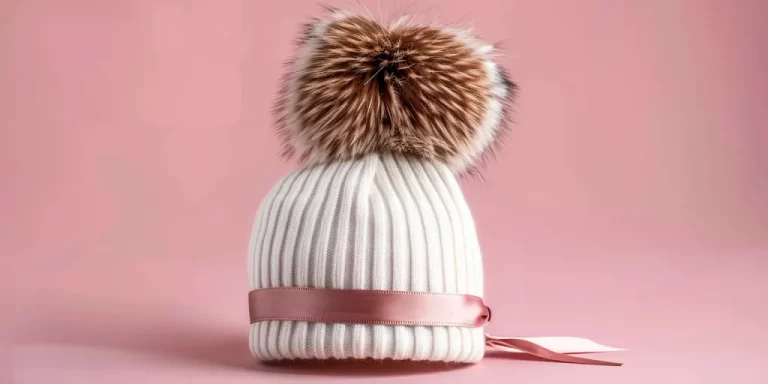The Evolution of the Beanie Hat
Originally worn by blue-collar workers to keep warm in cold climates, the beanie hat has undergone a significant evolution to become a mainstream fashion item. From its humble beginnings as a practical head covering for laborers, the beanie has transcended social and cultural boundaries to become a symbol of individuality and style. Today, it is not uncommon to see beanies adorned with logos, embellishments, and unique designs, reflecting the wearer’s personality and interests.
Styles of Beanie Hats
Beanie hats come in a variety of styles, each offering a distinct look and level of warmth. The classic beanie features a snug, form-fitting design that sits closely to the head, making it an ideal choice for everyday wear. Slouchy beanies, on the other hand, have a relaxed, loose fit with extra fabric that creates a stylish slouch at the back. This style adds a casual and laid-back vibe to any outfit and is particularly popular among younger generations.
For those seeking a more refined look, cuff beanies offer a polished appearance with a folded brim that adds structure and sophistication. Pom-pom beanies, adorned with a playful pom-pom on top, add a fun and whimsical touch to winter ensembles. Additionally, there are variations such as fisherman beanies, which feature a thicker ribbed knit for added warmth, and earflap beanies, equipped with ear flaps for extra protection against chilly winds.
Materials
The choice of material plays a crucial role in the comfort, warmth, and durability of a beanie hat. Common materials include:
- Wool: Known for its insulating properties, wool beanies provide excellent warmth and moisture-wicking capabilities, making them ideal for cold weather conditions.
- Acrylic: Acrylic beanies are lightweight, soft, and affordable, making them a popular choice for everyday wear. They also come in a wide range of colors and designs.
- Cotton: Cotton beanies are breathable and lightweight, making them suitable for transitional seasons or milder climates.
- Cashmere: Cashmere beanies offer unparalleled softness and luxury, though they tend to be more expensive. They provide exceptional warmth and a luxurious feel against the skin.
Care Tips
Proper care is essential to maintain the quality and longevity of your beanie hat. Follow these tips to keep your beanie looking its best:
- Hand Wash or Gentle Cycle: To avoid damaging delicate fibers, hand wash your beanie in cold water with a mild detergent. Alternatively, machine wash on a gentle cycle using a laundry bag to prevent snagging.
- Air Dry: Lay your beanie flat on a clean towel to air dry. Avoid wringing or twisting the fabric, as this can distort its shape.
- Avoid Heat: Refrain from using a dryer or exposing your beanie to direct heat, as this can cause shrinkage and damage the fibers.
- Storage: Store your beanie in a dry, well-ventilated area away from direct sunlight to prevent fading and mildew growth. Avoid folding or crushing the hat, as this can lead to creases and deformities.
Conclusion
From its humble origins as a practical head covering to its status as a fashion staple, the beanie hat has truly stood the test of time. With its versatility, comfort, and style, the beanie remains a beloved accessory for individuals of all ages and walks of life. By understanding the various styles, materials, and care tips outlined in this guide, you can ensure that your beanie hat remains a cherished piece in your wardrobe for years to come.










